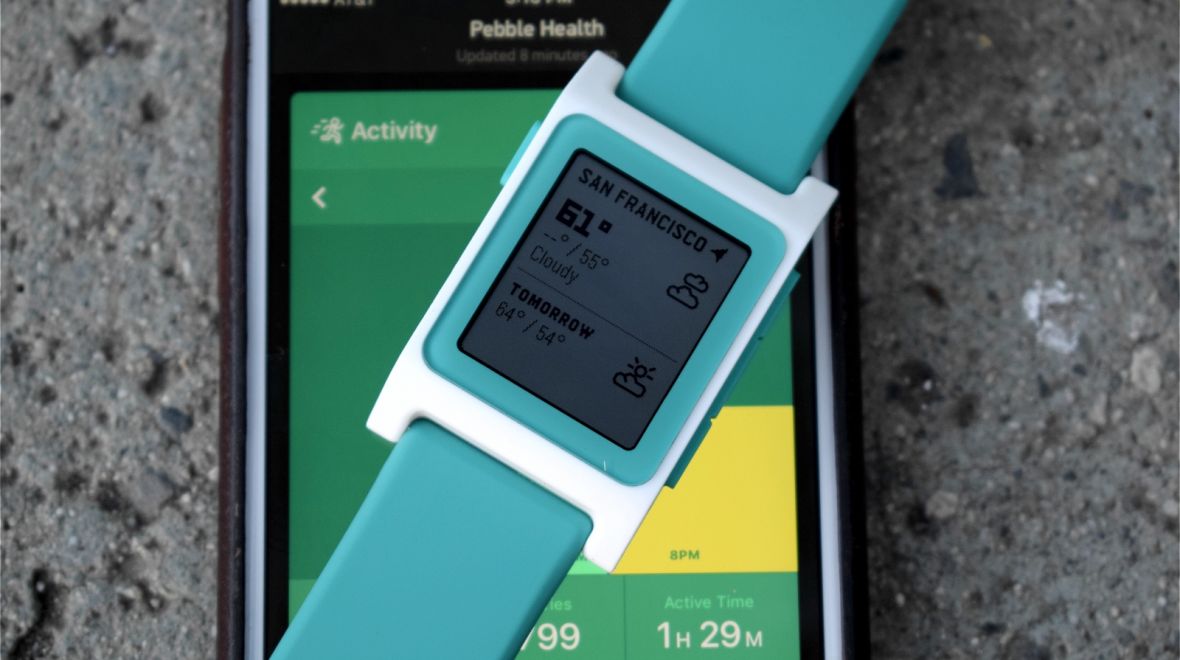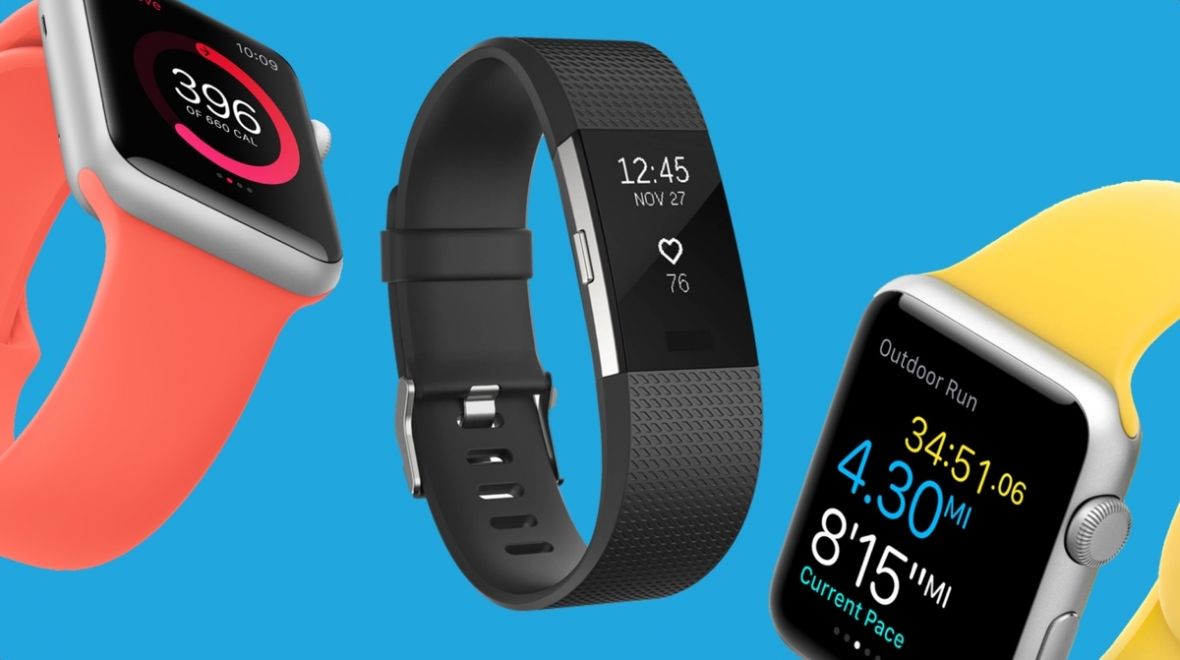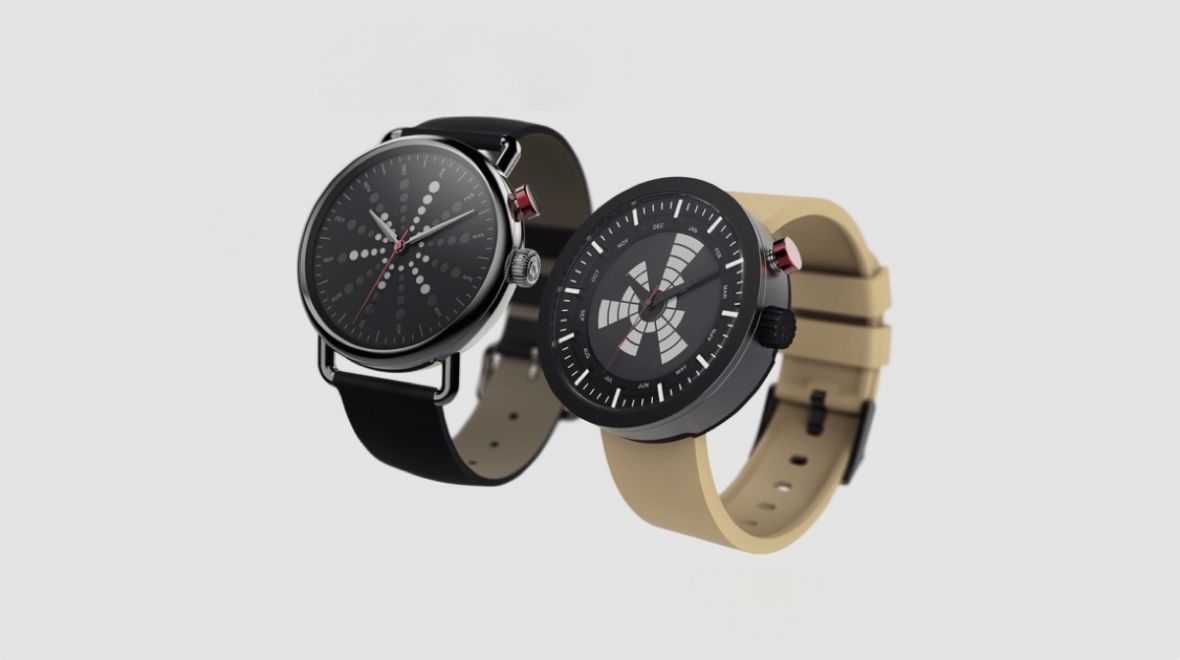Sure, your new outdoor watch or fitness tracker can accompany you on hikes, provide you with handy heart rate monitor and tell you when your exercise is unproductive, but there’s always one underpinning issue: the price tag.
Before deciding to make it your wrist companion, you likely sifted through a mountain of potential smartwatch options in order to pick out the right one for your needs. However, the problem is that trying to balance this with a budget can be hard – so-called ‘cheap’ devices can often prove too basic, while high-end devices like the Garmin Fenix 5 cost enough to see you go without food and drink if you don’t plan your finances accordingly.
Recently, though, there’s been a slight shift towards genuine budget options. And, more importantly, ones that don’t skimp on features. With this acting as a proverbial black hole in the wearable space for some time, we could finally be witnessing positive movement.
So, who are the movers and shakers?
Well, this week saw Honor raise the curtain on its Honor Band A2, a device that, at least on the spec sheet, would appear to be able to match up with some models in the Garmin and Fitbit range. Instead of seeing you shell out upwards of $100 on the device, though, you’re likely only going to be charged around $30 when it eventually lands in wider territories.
For a device that’s displaying notification support, offering heart rate monitoring and all the tracking smarts you’d usually expect from a fitness tracker, seeing this improved second iteration remaining so competitively priced is a positive step.
Generally, you’re more likely to see these super cheap devices gain prevalence in China (think, Xiaomi), although glorified step counters do exist from the likes of Misfit and Polar.
Why aren’t the bigger brands getting involved?
A couple of reasons, really. Firstly, they don’t have to, since many will happily pay the brand name premium. And Apple, for example, has only recently adopted the idea of a cheaper iPhone to add below its flagship mix, so selling a $100 wearable just isn’t realistic or fitting with the image it wants to uphold.
This is also compounded by uncertainties and a lack of understanding of how to tackle the market — heck, even Huawei’s own CEO, mere weeks after launching the Huawei Watch 2, said he would never wear one. That shit doesn’t exactly instill confidence.
With that said, Fitbit has managed to slide towards the cheaper end of the scale with the $59.99 Flex 2, which acts as its only waterproof tracker.
Budget it up
So is it just fitness trackers – where’s my cheap smartwatch?
Don’t fret. While smartwatches can often prove to be more complicated beasts, a bevy of options pop up onto crowdfunding platforms each month. Earlier this week we saw UWear — a startup from Hong Kong — and its outdoor watch smash through its funding goal. Not only does the device provide hikers with some handy features, it also caters for those who want to golf, cycle, swim or even skydive.
And WeLoop’s $80 Hey S3, which recently featured on Xiaomi’s Mi Home crowdfunding platform, also promises a lot despite being unlikely to leave China.
Hm, but can’t backing projects like this be risky?
Of course. The issue with this is figuring out which are more reliable than others, since, generally speaking, you’re looking at brands you’ve never heard of before. But every now and then, one will crop up that’s a genuine contender to the bigger names. Pebble, of course, is the best example of this, but also an aberration.
They’re not all cheap, either, right?
That’s another problem you may face — that is, coming across a wearable device you like the look of but finding it’s too expensive to roll the dice on. Another issue is the wild jumps between crowdfunding early bird offers and an eventual retail price. For brands looking to make a mark in the space, coming in at the same price point as the big players isn’t a solid model, in terms of sales.
Take the Haikara smartwatch as an example. While proving to be a big crowdfunding success at the snipped rate of $199, it’s unlikely to find the same success when crossing over to its eventual retail price of $329.
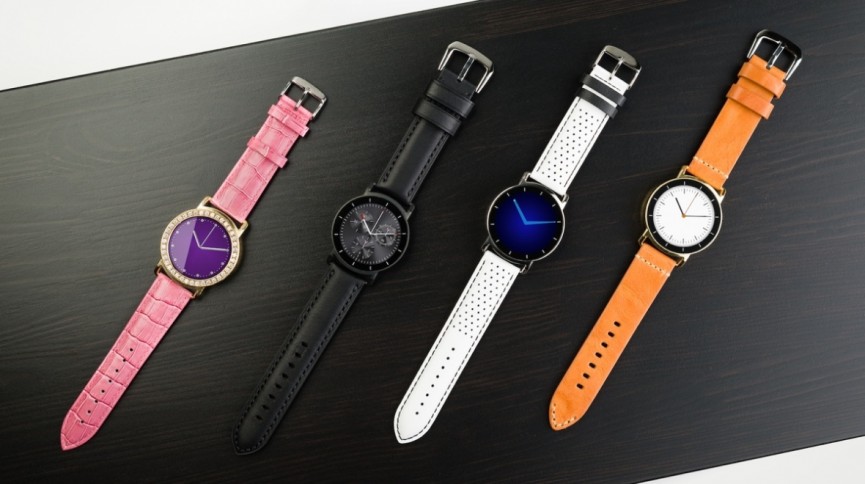
Why cheapskate it – are budget devices even a good thing?
Hey, listen, it’s all a balance. While we obviously don’t want this to become a race to the bottom which compromises quality, there’s a startling lack of budget choice. Just look at the smartwatch bracket under $200 — the main occupiers are mid-range brands which have sliced the price of former flagships. There’s always going to be the likes of Tag Heuer, as some are willing to pay it, but the little guy is missing out right now.
What’s the next step here?
Who’s to say? But what’s clear is that more examples of budget wearables harbouring solid features are starting to emerge. Whether this is the new norm for lesser brands and startups looking to make a splash remains to be seen, but there’s no doubting this is an area prime to be taken advantage of with Pebble now all but out of the game.
SOURCE:https://www.wareable.com/trending/budget-wearable-void-being-filled-5649
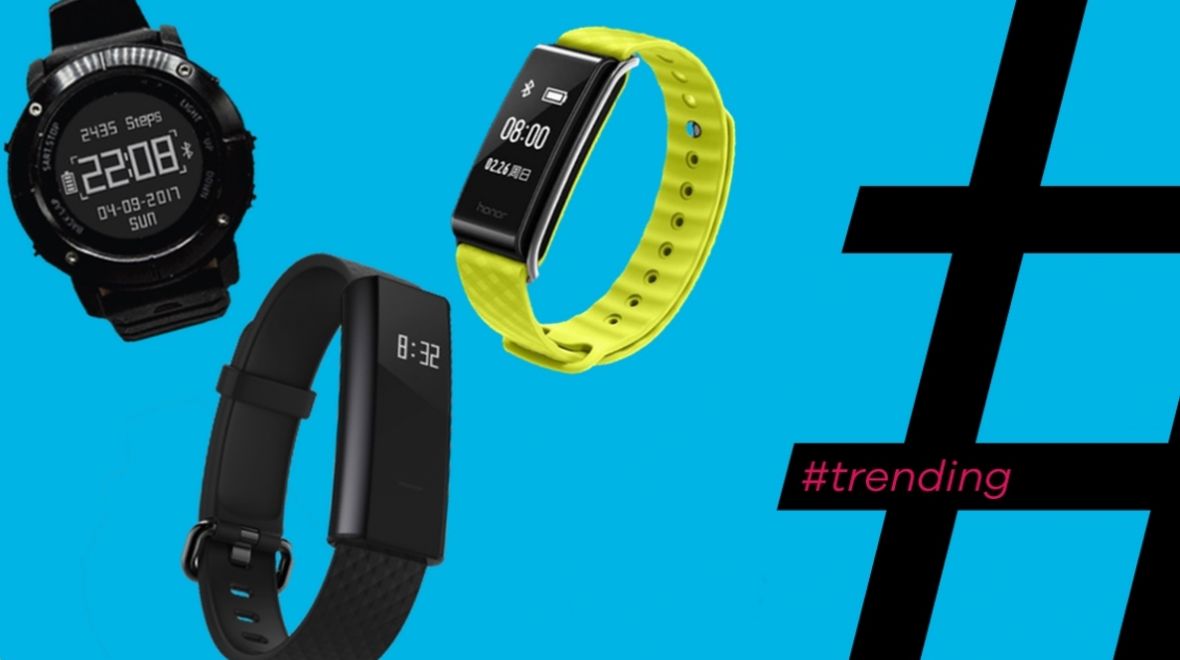
 Smart home on a budgetGoing smart doesn’t have to mean going broke
Smart home on a budgetGoing smart doesn’t have to mean going broke Best budget fitness trackersActivity tracking is cheaper than you think: Misfit, Fitbit, Xiaomi and more…
Best budget fitness trackersActivity tracking is cheaper than you think: Misfit, Fitbit, Xiaomi and more… Best cheap smartwatchesSmartwatches that won’t break the bank
Best cheap smartwatchesSmartwatches that won’t break the bank